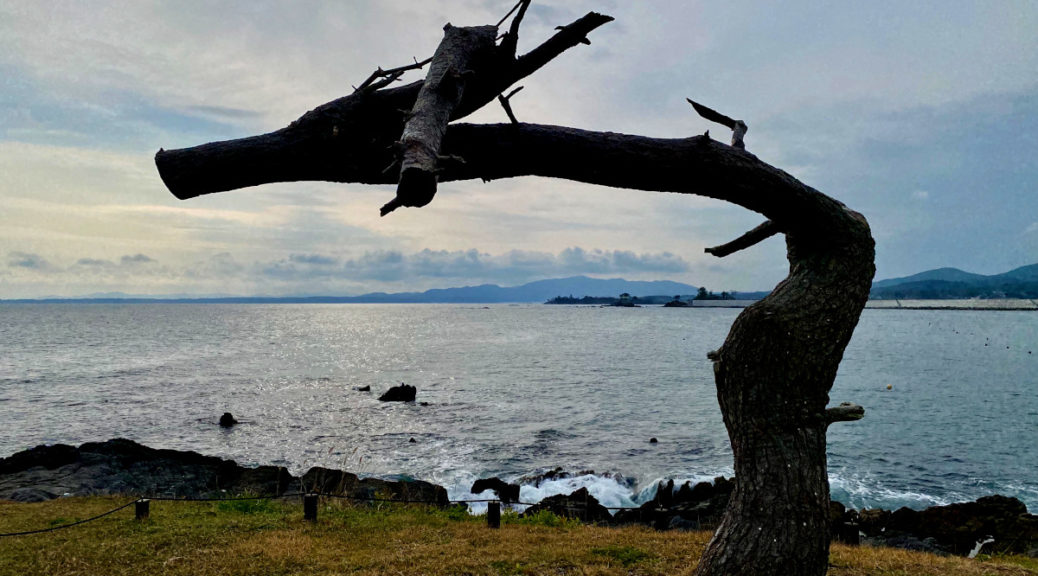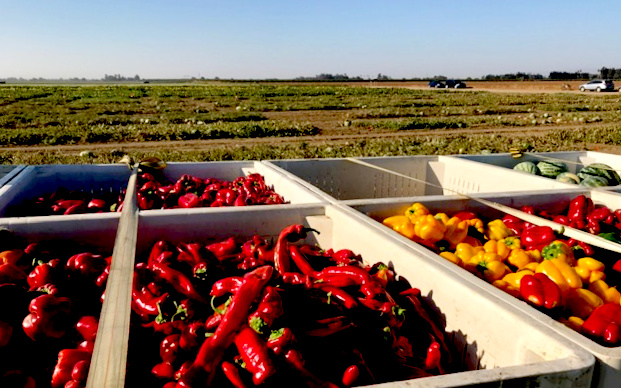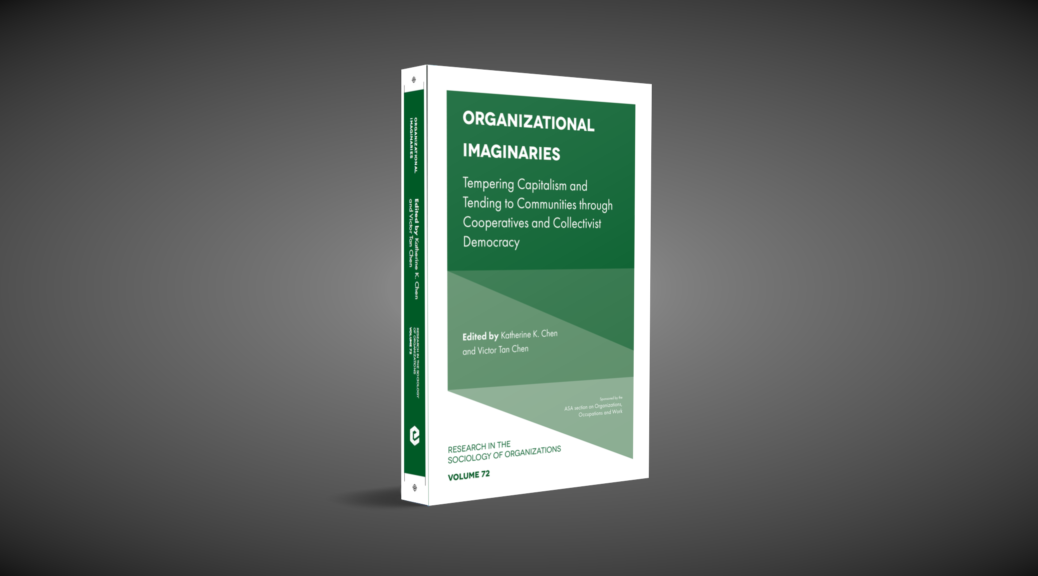In the twentieth century, the factory stood at the center of American life. Entire towns sprouted around them. Thanks to union-won wages, factory workers and their families could attain middle-class security. When I was writing a book about autoworkers, I kept hearing nostalgic stories of the way things used to be: however down on your luck you were, there was always a job waiting for you at the factory.
![]() After decades of companies offshoring manufacturing employment, the factory is no longer the institution it once was. The Amazon fulfillment center has taken its place. They’re everywhere where the online retailer ships its goods—which is everywhere in the world. A third of the country’s warehouse workers—700,000 people—work at Amazon facilities preparing the company’s goods for delivery. After her plant closes, Frances McDormand’s character in Nomadland does seasonal stints at Amazon warehouses while she roams the country by van. It’s become a cliché that Amazon is where you go if you want a job that pays more than the minimum, but that any able-bodied person can do.
After decades of companies offshoring manufacturing employment, the factory is no longer the institution it once was. The Amazon fulfillment center has taken its place. They’re everywhere where the online retailer ships its goods—which is everywhere in the world. A third of the country’s warehouse workers—700,000 people—work at Amazon facilities preparing the company’s goods for delivery. After her plant closes, Frances McDormand’s character in Nomadland does seasonal stints at Amazon warehouses while she roams the country by van. It’s become a cliché that Amazon is where you go if you want a job that pays more than the minimum, but that any able-bodied person can do.
That’s why it’s so troubling to read the research about how bad Amazon jobs have become. Take the findings of an academic survey released late last year, which drew from a nationally representative sample of Amazon warehouse workers. What comes across clearly is the true cost of getting your packages lightning fast. University of Illinois researchers found that four out of ten warehouse workers have been injured on the job. Half said they feel burnt out. And rather than lightening the load of its warehouse workforce, Amazon’s innovative use of technology appears to be at the root of these problems. Majorities of those reporting injuries or burnout said they felt a sense of pressure to work faster. Two-thirds said they had to take unpaid time off due to pain or exhaustion in the past month—which the study’s researchers link to the company’s algorithm-intensified pace on the floor.
Continue reading Fear and Loathing in the Fulfillment CenterVictor Tan Chen Victor Tan Chen is In The Fray's editor in chief and the author of Cut Loose: Jobless and Hopeless in an Unfair Economy. Site: victortanchen.com | Facebook | Twitter: @victortanchen
- Follow us on Twitter: @inthefray
- Comment on stories or like us on Facebook
- Subscribe to our free email newsletter
- Send us your writing, photography, or artwork
- Republish our Creative Commons-licensed content













